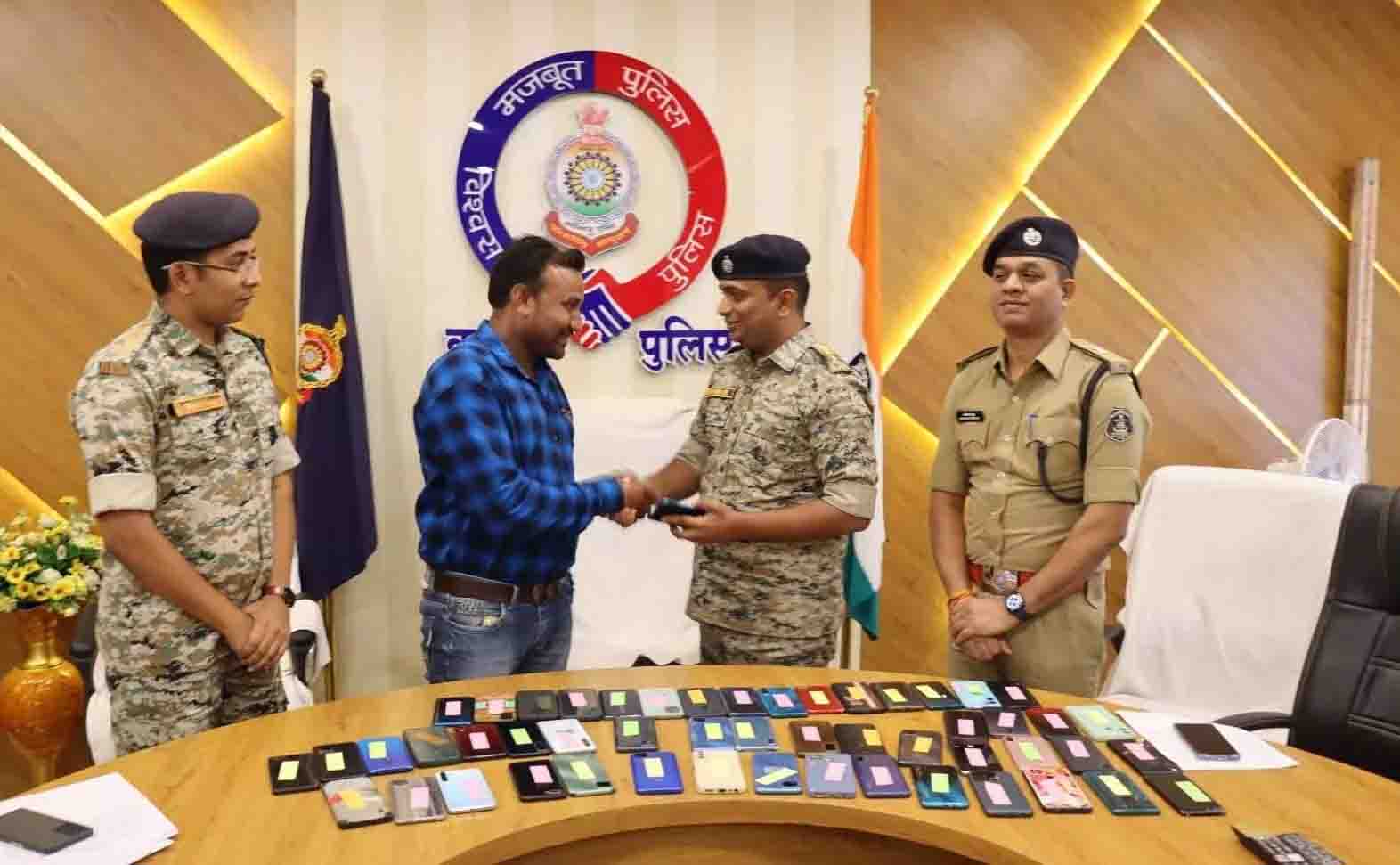Launch of test vehicle mission for Gaganyaan in a month or two, says chief: ISRO official

Bengaluru. The first test vehicle mission of India’s ambitious first human space flight venture Gaganyaan will be launched in a month or two to validate the crew escape system, a key ISRO official said on Friday. According to officials of the Bengaluru-headquartered national space agency, this will be the first of the four aborted missions of the Gaganyaan programme. The first test vehicle mission, TV-D1, will be followed by the second test vehicle TV-D2 mission and the first unmanned mission of Gaganyaan (LVM3-G1). A second series of test vehicle missions (TV-D3 and D4) and an LVM3-G2 mission with robotic payloads are next planned. He said a crewed mission has been planned based on the outcome of the successful test vehicle and uncrewed missions. “…What we are aiming for right now is to validate the crew escape system. In a month or two, the mission will take off from Sriharikota, Gaganyaan project director R Hutton said at an international space conference here. According to ISRO officials, the Gaganyaan project aims to demonstrate India’s ability to carry a crew of two to three members into a circular orbit of about 400 km around the Earth for a mission of one to three days and bring them back safely. Is. Earth, by landing at a specified location in Indian marine waters. LVM3 rocket, ISRO’s heavy lift launcher, is identified as the launch vehicle for the Gaganyaan mission. It consists of a solid phase, a liquid phase and a cryogenic phase. All systems in LVM3 have been reconfigured to meet human rating requirements and are named Human Rated LVM3 (HLVM3). “I am pleased to say that LVM3 has been human-rated. When we say human-rated, it should have adequate safety margin,” Hutton said at the conference, which was organized by the Confederation of Indian Industry. HLVM3 has a Crew Escape System (CES) powered by a set of quick-acting, high-burn rate solid motors that ensure that the Crew Module (CM) can be safely evacuated in case of any emergency with the crew. Be taken to a safe distance. During the launch pad or ascent phase. The Earth-orbiting Orbital Module (OM) consists of the Crew Module and the Service Module (SM). The OM is equipped with state-of-the-art avionics systems with adequate redundancies keeping in mind human safety. CM is a habitable space for crew in space with an Earth-like environment. It is a double walled construction consisting of a pressurized metallic inner structure and a non-pressurized outer structure with thermal protection system. This includes crew interfaces, human-centered products, life support systems, avionics, and deceleration systems. It is also designed for re-entry to ensure crew safety during takeoff and landing. The SM will be used to provide necessary assistance to the CM while in class. It is an unpressurized structure that includes thermal systems, propulsion systems, power systems, avionics systems and deployment mechanisms.
















